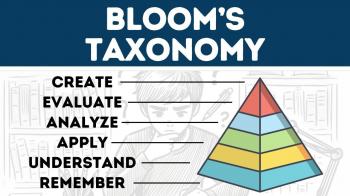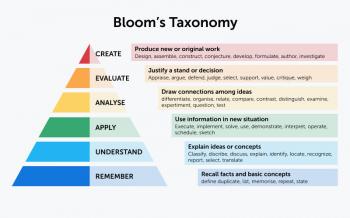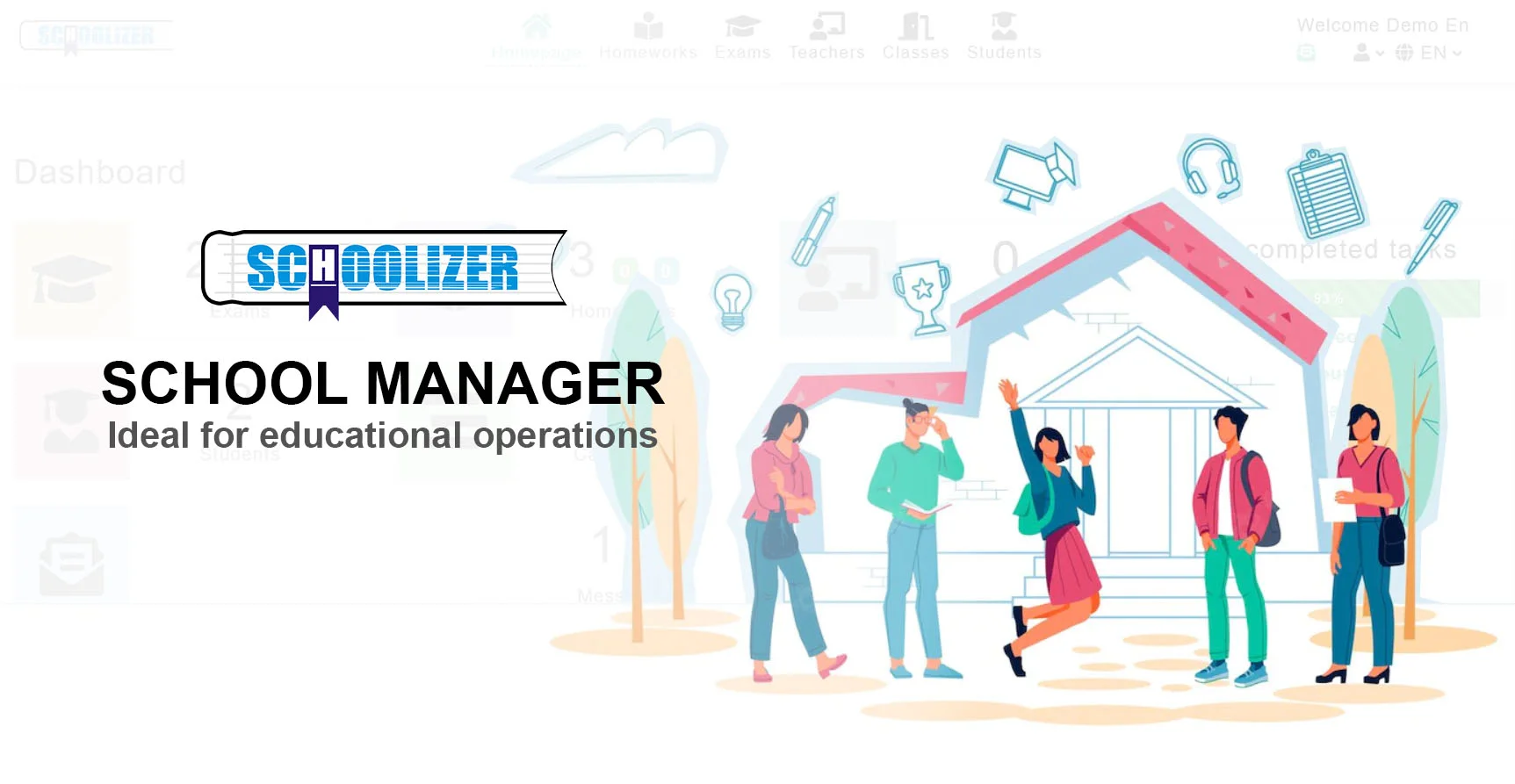The Power of Apolitical Critical Thinking in Modern Education

The Power of Apolitical Critical Thinking in Modern Education
What if education could transcend political biases and focus purely on developing sharp, independent minds? Why does critical thinking often get entangled in ideological debates? How can educators foster analytical skills without imposing personal or political views? These questions lie at the heart of a growing movement advocating for apolitical critical thinking in classrooms worldwide.
What Is Apolitical Critical Thinking?
Apolitical critical thinking refers to the practice of analyzing information, arguments, and ideas without letting personal or political biases cloud judgment. It emphasizes logic, evidence, and rational evaluation over ideological alignment. In an era where polarization dominates public discourse, this approach offers a neutral ground for developing genuine cognitive skills.
A real-world example can be seen in debate clubs where students argue multiple sides of an issue. The goal isn't to 'win' for a particular ideology but to understand different perspectives and strengthen reasoning abilities. This cultivates intellectual flexibility rather than partisan rigidity.

Why Apolitical Critical Thinking Matters
Education should prepare students to navigate complex issues with clarity, not indoctrinate them into specific belief systems. When critical thinking becomes politicized, it risks turning into a tool for confirmation bias—where students only engage with ideas that align with their pre-existing views.
For instance, teaching climate change should involve examining scientific data, economic implications, and policy responses—not just advocating for one political solution. Students trained in apolitical analysis can evaluate arguments based on merit rather than tribal affiliation.

The Challenges of Maintaining Neutrality
Staying truly apolitical is difficult when societal issues are inherently political. Teachers may unconsciously favor certain perspectives, and curricula often reflect dominant cultural narratives. However, the goal isn't to avoid politics entirely but to teach students how to think, not what to think.
A practical application involves using structured frameworks like the Socratic method, which prioritizes questioning over lecturing. For example, instead of telling students whether social media regulation is 'good' or 'bad,' educators can guide them to explore its impacts on privacy, free speech, and mental health from multiple angles.

Strategies for Teaching Apolitical Critical Thinking
1. Emphasize Evidence Over Opinion
Encourage students to distinguish between verifiable facts and subjective interpretations. Classroom exercises might include analyzing news articles for logical fallacies or identifying unsupported claims in political speeches.
2. Explore Multiple Perspectives
Assign readings from diverse ideological sources on contentious topics like immigration or economic policy. This prevents echo chambers and teaches students that complex issues rarely have one 'correct' answer.
3. Teach Metacognition
Help students recognize their own cognitive biases through reflection exercises. For example, after writing an essay, they could analyze how their background might have influenced their arguments.
The Role of Educators in Fostering Independent Thought
Teachers serve as facilitators rather than arbiters of truth. This means creating classrooms where questioning is encouraged, and dissent isn't dismissed. For example, a history teacher might present competing historical narratives about the same event, allowing students to compare evidence and draw their own conclusions.
Professional development programs can help educators recognize their blind spots. Workshops on cognitive bias or interdisciplinary collaboration can provide tools to maintain neutrality while tackling sensitive subjects.

Preparing Students for a Polarized World
In an age of misinformation and divisive rhetoric, apolitical critical thinking is a survival skill. Students who master it become discerning consumers of information, capable of engaging in constructive dialogue across differences.
Consider how this applies to social media literacy: instead of teaching students which posts to 'like' or 'share,' educators can equip them with skills to evaluate sources, check credibility, and recognize manipulative rhetoric—regardless of the content's political slant.
The ultimate aim isn't to create passive observers but empowered thinkers who can navigate complexity with intellectual integrity.






